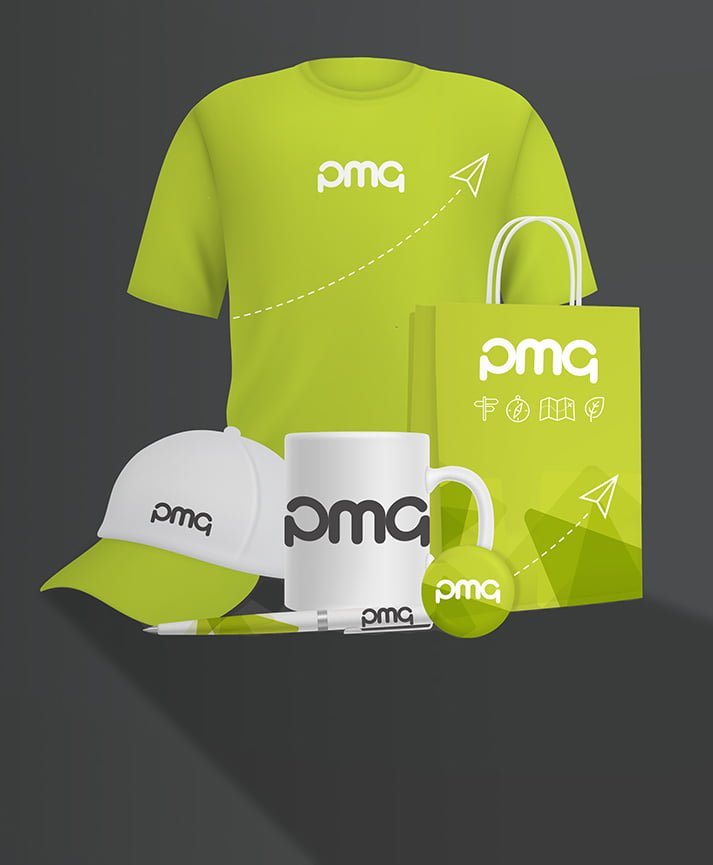
We get it. You just want your beautiful thing to be printed and for it to look exactly the way it’s been designed. But in order to make that happen for you, it’s useful that you understand how we’ll make the colour the exact shade of green you’ve specified so you know what you’re commissioning.
How is colour printed?
If we’re talking about traditional litho printing (the kind that involves ink and actual presses) the colour is printed on to paper or other material in one of two main ways – four-colour, or spot colour. You’ll be familiar with four-colour printing if you’ve ever changed the toner in the office printer. It combines various proportions of Cyan, Magenta, Yellow and Black ink (referred to as CMYK) in various sizes of dots to create the colour on the paper.
But printing this way limits the range of colours that can be matched. And complicating things further is the fact that colours look different on screen than they do when printed. That’s because screens use a three-colour process (Red, Blue & Green – RGB) to create the colours you see.
Spot colours, on the other hand, are pre-mixed inks that give the exact colour you’ve specified as they aren’t made up of four colours. They relate to Pantone numbers so you can be certain that the colour you want is the one you’ll get.
Which colour printing process is best?
Which is best is always a tricky question, because that depends on your definition of “best”. Four-colour printing could be more cost effective as it’s more widely available if you’re not specifying a particular Pantone colour. By contrast, if you’ve specified a Pantone colour (or more than one!) then the printer will need to buy in or mix this exact Pantone colour to do your job, which can increase the price.
If having an exact shade and tone match is important to your brand, then going with a spot colour process will guarantee that you get the colour you’re expecting. In fact, recognising that many multi-national brands carefully guard their colours (some are even trademarked – Coca Cola red, Cadbury Purple, Tiffany blue for example), Pantone has created a suite of ever-so-slightly adjusted spot colours to take account of the difference of printing on to different materials. To achieve Coca Cola red on paper takes a slightly different formulation of the Pantone colour than when printing on to metal or plastic, for example.
If yours is a business that doesn’t rely too heavily on its brand colours, then going for the conventional four-colour or digital printing will be just fine. If what you’re printing contains lots of colours, especially colour photographs, then four-colour printing will also be the best option. But if you’re a multi-national with strict brand guidelines then it will be worth investing in spot colour to guarantee the right colours.
To get advice about what colour process is best for your next printing job and how this might affect design, give one of our expert team a call.
Photo by Sharon Pittaway on Unsplash
















































